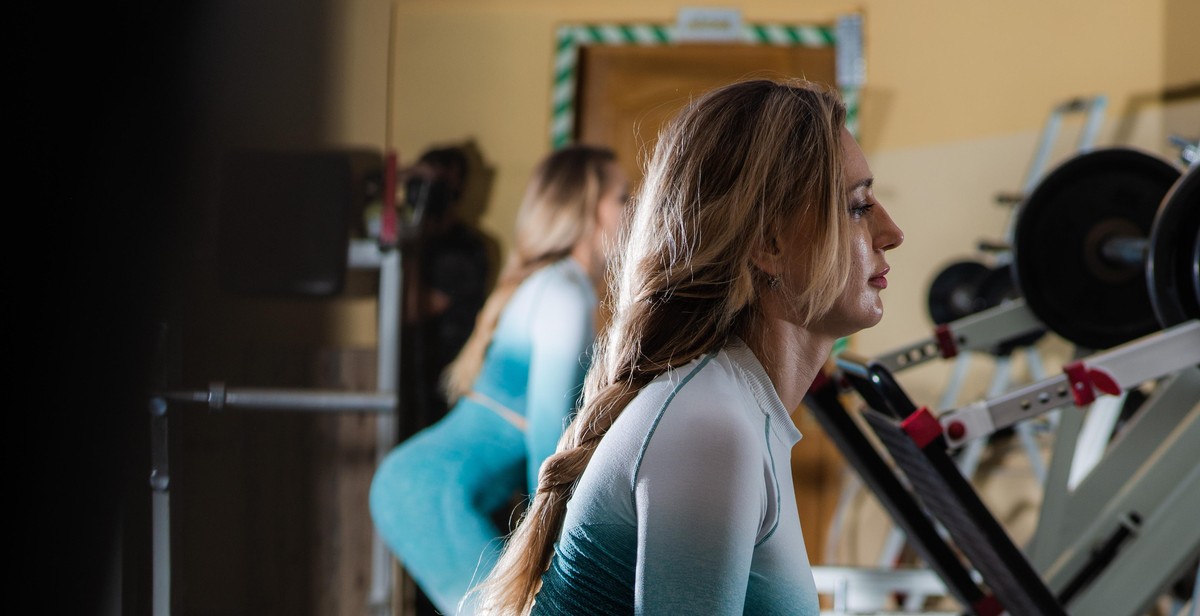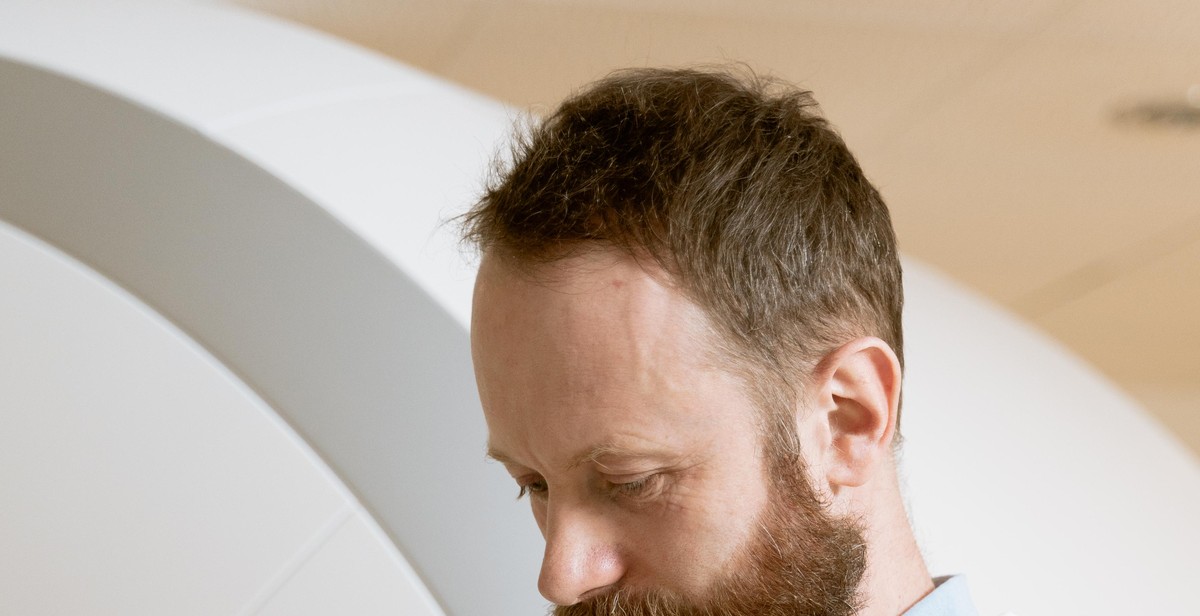Introduction: The Importance of Proper Deadlift Technique
Deadlifts are a popular exercise that can help you gain full-body strength. They work multiple muscle groups, including your glutes, hamstrings, quadriceps, lower back, and core. However, deadlifts can also be dangerous if not performed correctly. That’s why proper deadlift technique is crucial for your safety and effectiveness.
Why Deadlift Technique is Important
Deadlifts require a lot of physical effort and proper form to perform correctly. If you don’t use the correct technique, you can strain your lower back, which can cause severe pain and even long-term injuries. Additionally, incorrect technique can lead to other issues such as herniated discs and muscle strains.
Moreover, using proper form during deadlifts can help you achieve optimal results. By engaging the right muscle groups and maintaining proper posture, you can increase your strength and improve your overall fitness level. Proper technique also helps you avoid plateaus and continue making progress in your training.
Conclusion
Now that you understand the importance of proper deadlift technique, it’s time to learn how to do it correctly. In the next sections, we’ll go over the step-by-step guide to performing deadlifts with proper form, including tips and common mistakes to avoid.

The Basics of Deadlift Technique
The deadlift is one of the most effective exercises for building full-body strength. It targets multiple muscle groups, including the glutes, hamstrings, lower back, and core. However, performing the deadlift with improper technique can lead to injury. Here are the basics of deadlift technique to ensure you’re performing the exercise safely and effectively.
Proper Set-Up
Before even lifting the bar, it’s important to set up correctly. Stand with your feet shoulder-width apart and the barbell centered over your feet. The bar should be close to your shins without touching them. Bend down and grip the bar with an overhand or mixed grip. Your arms should be shoulder-width apart.
Foot Placement
Your feet should be positioned directly under your hips. Make sure your weight is evenly distributed across your feet and that you’re not leaning too far forward or backward. Keep your toes pointing forward or slightly outward.
Grip
There are two types of grips you can use for the deadlift: overhand and mixed. Overhand grip involves both hands gripping the bar with palms facing down. Mixed grip involves one hand gripping the bar with palms facing down and the other hand gripping the bar with palms facing up. Use whichever grip feels most comfortable for you.
Hips and Shoulders
As you lift the bar, focus on keeping your hips and shoulders in line. Your hips should rise at the same rate as your shoulders. Avoid rounding your back and keep your chest up throughout the movement. This will help you maintain proper form and avoid injury.
Bracing and Breathing
Before lifting the bar, take a deep breath and brace your core. This means tightening your abs as if someone were about to punch you in the stomach. Hold your breath throughout the lift and exhale once you’ve completed the movement. This will help you maintain stability and prevent injury.
By following these basic deadlift technique tips, you’ll be able to perform the exercise safely and effectively, leading to increased strength and muscle gain.

Common Deadlift Mistakes
Deadlifts are a great full-body exercise that can help you build strength and improve your overall fitness. However, performing deadlifts incorrectly can lead to injury and can prevent you from getting the most out of the exercise. Here are some common deadlift mistakes to avoid:
Rounding the Back
One of the most common deadlift mistakes is rounding the back. When you round your back, you put a lot of stress on your spine and can cause lower back pain or injury. To avoid this mistake, focus on keeping your back flat and neutral throughout the entire movement. This means keeping your chest up, your shoulders back, and your core engaged. If you find it difficult to maintain a neutral spine, try lowering the weight or using a lighter dumbbell or kettlebell.
Lifting with the Arms
Another common mistake is lifting with the arms instead of using your legs and hips. When you lift with your arms, you put unnecessary strain on your shoulders and biceps, which can lead to injury. To avoid this mistake, focus on using your legs and hips to lift the weight. Keep your arms straight and use them only to hold the weight. This will help you engage your glutes, hamstrings, and quads, which are the muscles you want to work during the deadlift.
Not Bracing Properly
Proper bracing is essential for performing a safe and effective deadlift. Bracing involves tightening your core muscles and creating intra-abdominal pressure to stabilize your spine. Not bracing properly can lead to injury and can prevent you from lifting heavy weights. To brace properly, take a deep breath and hold it as you lift the weight. Focus on tightening your abs and squeezing your glutes as you lift. This will help you maintain a neutral spine and prevent injury.
Avoiding these common deadlift mistakes can help you perform the exercise safely and effectively. Always remember to warm up properly before lifting and to use proper form throughout the movement. With practice and consistency, you can improve your deadlift technique and build full-body strength.

Deadlift Variations
While the conventional deadlift is a great exercise for building overall strength, there are several variations that can be used to target different muscle groups and add variety to your workout routine. Here are three popular deadlift variations:
Sumo Deadlift
The sumo deadlift is a variation that places more emphasis on the hips and inner thighs. To perform a sumo deadlift:
- Stand with your feet wider than shoulder-width apart and your toes pointing outwards.
- Grasp the bar with your hands inside your legs, using an overhand grip.
- Push your hips forward and stand up, keeping your back straight and your chest up.
- Lower the bar back down to the ground, keeping it close to your body.
The sumo deadlift is a great option for those with longer legs or a shorter torso, as it reduces the range of motion required for the lift.
Romanian Deadlift
The Romanian deadlift, also known as the stiff-legged deadlift, targets the hamstrings and glutes. To perform a Romanian deadlift:
- Stand with your feet hip-width apart and your knees slightly bent.
- Grasp the bar with your hands shoulder-width apart, using an overhand or mixed grip.
- Keeping your back straight, hinge forward at the hips and lower the bar towards the ground.
- Once you feel a stretch in your hamstrings, pull the bar back up to the starting position.
It’s important to maintain a slight bend in your knees throughout the lift to avoid putting too much strain on your lower back.
Trap Bar Deadlift
The trap bar deadlift, also known as the hex bar deadlift, is a variation that allows for a more upright posture and places less stress on the lower back. To perform a trap bar deadlift:
- Stand inside the trap bar with your feet hip-width apart.
- Grasp the handles with an overhand or mixed grip.
- Push your hips forward and stand up, keeping your back straight and your chest up.
- Lower the bar back down to the ground, keeping it close to your body.
The trap bar deadlift is a great option for beginners or those with lower back pain, as it allows for a more natural and comfortable lifting position.
| Variation | Main Muscles Targeted | Benefits |
|---|---|---|
| Conventional Deadlift | Back, glutes, hamstrings | Overall strength and muscle development |
| Sumo Deadlift | Hips, inner thighs | Reduced range of motion, increased hip activation |
| Romanian Deadlift | Hamstrings, glutes | Increased hamstring and glute activation, reduced lower back stress |
| Trap Bar Deadlift | Back, glutes, hamstrings | More natural lifting position, reduced lower back stress |

Accessory Exercises for Deadlift Strength
While the deadlift is a fantastic exercise for building full-body strength, incorporating accessory exercises into your routine can help you improve your deadlift technique and increase your overall strength. Here are three accessory exercises that can help you build a stronger deadlift:
Glute Bridges
Glute bridges are a great exercise for targeting the glutes and lower back, which are essential for deadlift strength. To perform a glute bridge, lie on your back with your feet flat on the ground and your knees bent. Lift your hips up towards the ceiling while squeezing your glutes, then lower back down to the starting position. Repeat for 3 sets of 10-12 reps.
Hip Thrusts
Hip thrusts are another excellent exercise for targeting the glutes and lower back. To perform a hip thrust, sit on the ground with your back against a bench and a barbell across your hips. Drive your hips up towards the ceiling while squeezing your glutes, then lower back down to the starting position. Repeat for 3 sets of 10-12 reps.
Back Extensions
Back extensions are a great exercise for targeting the lower back, which is essential for maintaining proper form during deadlifts. To perform a back extension, lie face down on a back extension bench with your feet anchored and your hands behind your head. Lift your upper body up towards the ceiling while squeezing your lower back, then lower back down to the starting position. Repeat for 3 sets of 10-12 reps.
By incorporating these accessory exercises into your routine, you can improve your deadlift strength and overall full-body strength. Remember to focus on proper form and gradually increase the weight as you get stronger.

Conclusion
Deadlifts are one of the most effective exercises for developing full-body strength. However, performing them with incorrect technique can lead to serious injuries. By following the steps outlined in this article, you can perform deadlifts with correct technique and avoid any potential injuries.
Putting it All Together
First, start with proper foot placement and grip on the bar. Keep your back straight and engage your core. As you lift the bar, use your legs to drive the weight up while keeping your back straight. Keep the bar close to your body throughout the movement and avoid rounding your back.
Remember to breathe properly throughout the exercise. Inhale before lifting the weight and exhale as you lift it. As you lower the weight, inhale again and exhale as you reach the starting position.
It’s also important to start with a weight that you can comfortably lift and gradually increase the weight as you become more comfortable with the exercise. Don’t sacrifice form for heavier weights.
Benefits of Deadlifts
Deadlifts are an excellent exercise for developing full-body strength. They work multiple muscle groups, including the back, legs, and core. They also improve grip strength and overall body stability.
Regularly incorporating deadlifts into your workout routine can lead to improved posture, increased muscle mass, and enhanced athletic performance.
Final Thoughts
Deadlifts are a challenging exercise, but with proper technique, they can be a highly effective way to develop full-body strength. Remember to start with a weight that you can comfortably lift and gradually increase it over time. Incorporate deadlifts into your workout routine and enjoy the benefits of improved strength, stability, and overall fitness.
